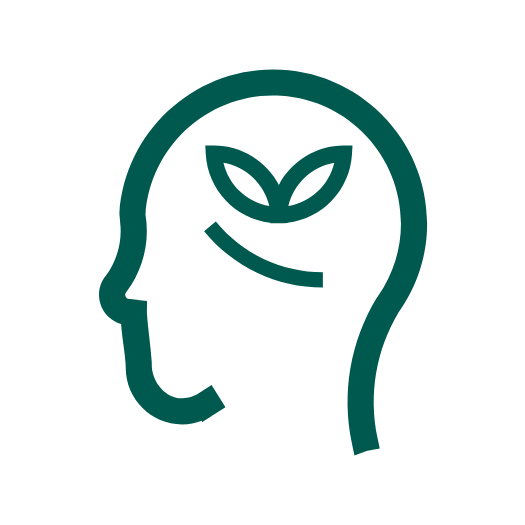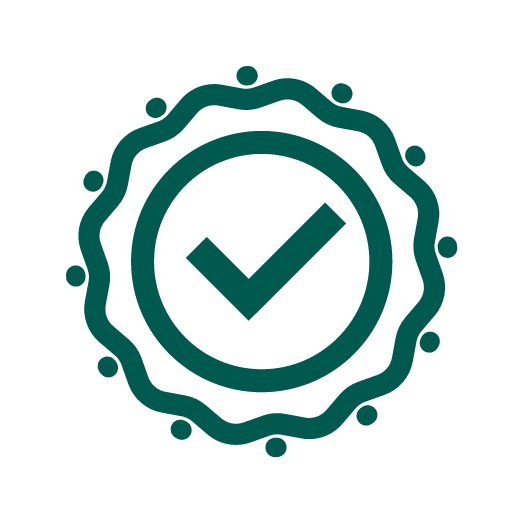Saprea Support Groups > Group Materials >Everyday Acknowledgement
Group Activity
Your Future Self Will Thank You
Have you ever done something for yourself in the past that you feel grateful for today? For example, you might have gotten a full night’s sleep so you could focus on a task the next day. Or perhaps you took a walk around the block and felt more invigorated afterwards. Such everyday intentional actions are examples of self-care. Self-care is prioritizing your physical, mental, and emotional care in order to create a life that is more fulfilling and sustainable (in other words, a life that you don’t want to escape from).
Like self-compassion, self-care can sometimes be misunderstood. It is often mistaken for self-indulgence, avoidance, or isolation. It’s not uncommon to envision self-care as retreating from others and engaging in a solitary activity like sleeping, taking a bath, or meditating in the middle of the woods. However, self-care isn’t about disconnection. Rather, it’s about tending to whatever needs you have in the moment—whether that’s taking a bath, setting up a lunch with a friend, or washing your car because you know you feel calmer after taking care of that task.
Ultimately, self-care involves daily actions that help you manage stress and tend to your needs. It is about finding ways to enjoy and enrich your life rather than finding ways to avoid or escape from it.
Activity steps
Part 1—Plan Ahead
01
Envision your future self and cultivate a feeling of kindness towards them.
02
Ask yourself, “What is one thing I could do today that my future self would thank me for?”
03
Write down at least one thing you can do today. Or, if the day is nearly over, you can think of something you could do tomorrow.
Part 2—Looking Back
01
So far, we’ve been discussing how to acknowledge your needs in the present and make plans to tend to those needs soon. However, Acknowledgment is also about recognizing and appreciating what you have already done in the past to get to where you’re at today. Take a moment to review the list of examples above and think about something you’ve done recently to tend to your needs. This could be something you did today (attending this support group, for example), yesterday, or earlier this week.
02
Next, write a short letter to your past self thanking them for an action they took that benefited you today. This could be a couple of paragraphs, a couple of sentences, or even a couple of words—whatever you feel expresses the gratitude towards your past self and the things they’ve done to further your healing in the present.
Grounding Exercise
Progressive Muscle Relaxation
Progressive muscle relaxation (PMR) is based on the practice of intentionally contracting and relaxing the different muscle groups of the body. Not only does this exercise help reduce stress, anxiety, and muscle tension, but it can help draw your attention to the different parts of your body and all the ways it serves you.
So let’s begin.
Activity Steps
- Settle into a comfortable position, sitting or lying down.
- Soften your gaze or close your eyes.
- Point the toes of your right foot toward your face and then away. Tense the thigh and calf muscles of your right leg.
Hold . . . relax. - Point the toes of your left foot toward your face and then away. Tense the thigh and calf muscles of your left leg.
Hold . . . relax. - Tense both legs.
Hold . . . relax. - Squeeze your right hand into a fist, tense your right arm, and bring your forearm toward your body.
Hold . . . relax. - Squeeze your left hand into a first, tense your left arm, and bring your forearm toward your body.
Hold . . . relax. - Squeeze both hands into fists, tense both arms, and bring your forearms towards your body.
Hold . . . relax. -
Raise both shoulders.
Hold . . . relax. - Select another muscle or muscle group of your choosing.
Hold . . . relax. - If you are able, tense your entire body.
Hold . . . relax. - After you have finished tensing and relaxing, take a moment to notice what your body feels like. Think back to a specific part of the body you tensed and relaxed and note how that muscle or muscle group has helped you today. (For example, “My calves helped me get up the stairs this morning.”)
Hosting Your Meetings Off-Line? Download All of the Materials You Need Here:
Additional Resources
Done With This Topic? Jump to the Next.


Creating Intentional Behaviors


